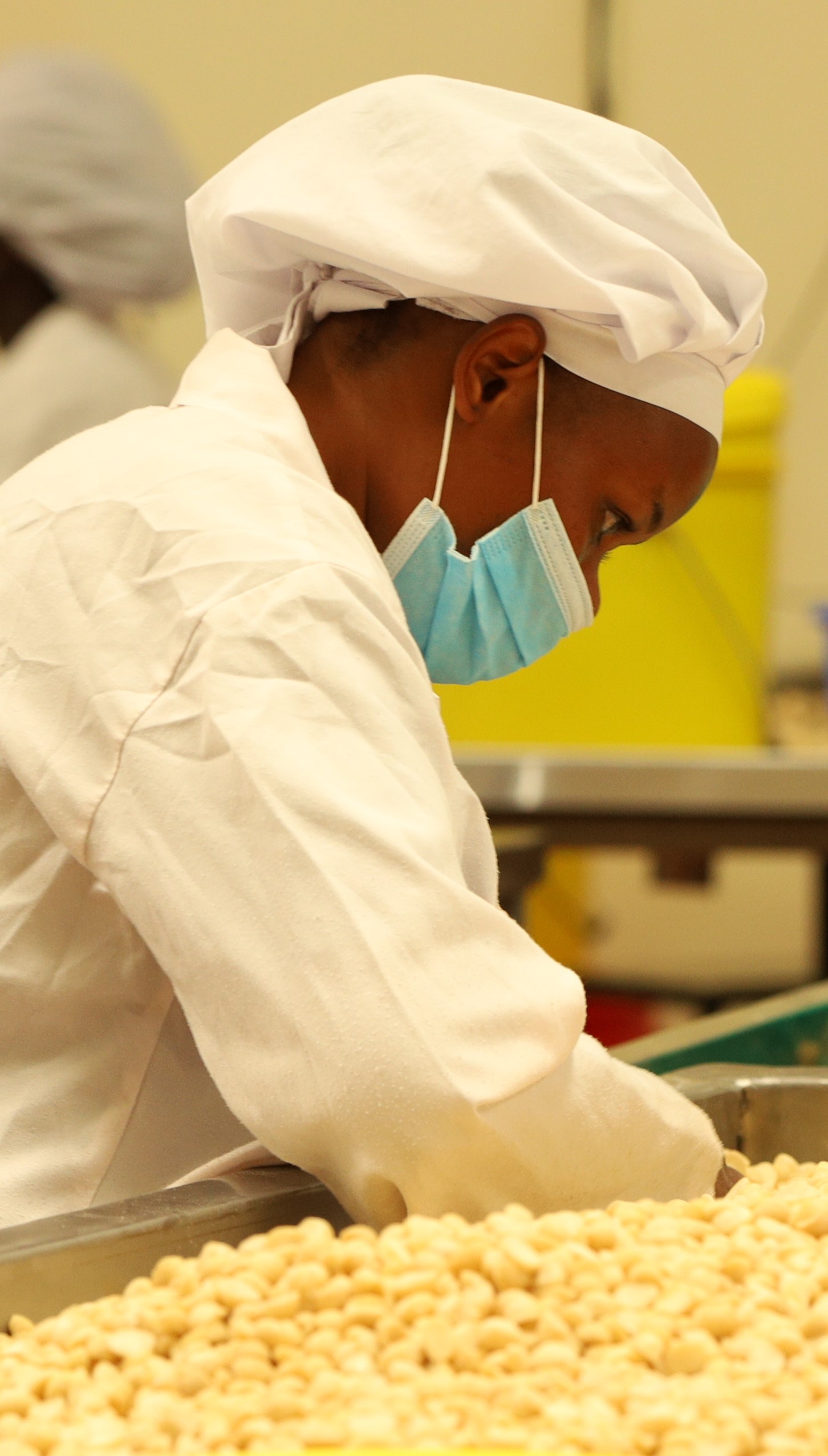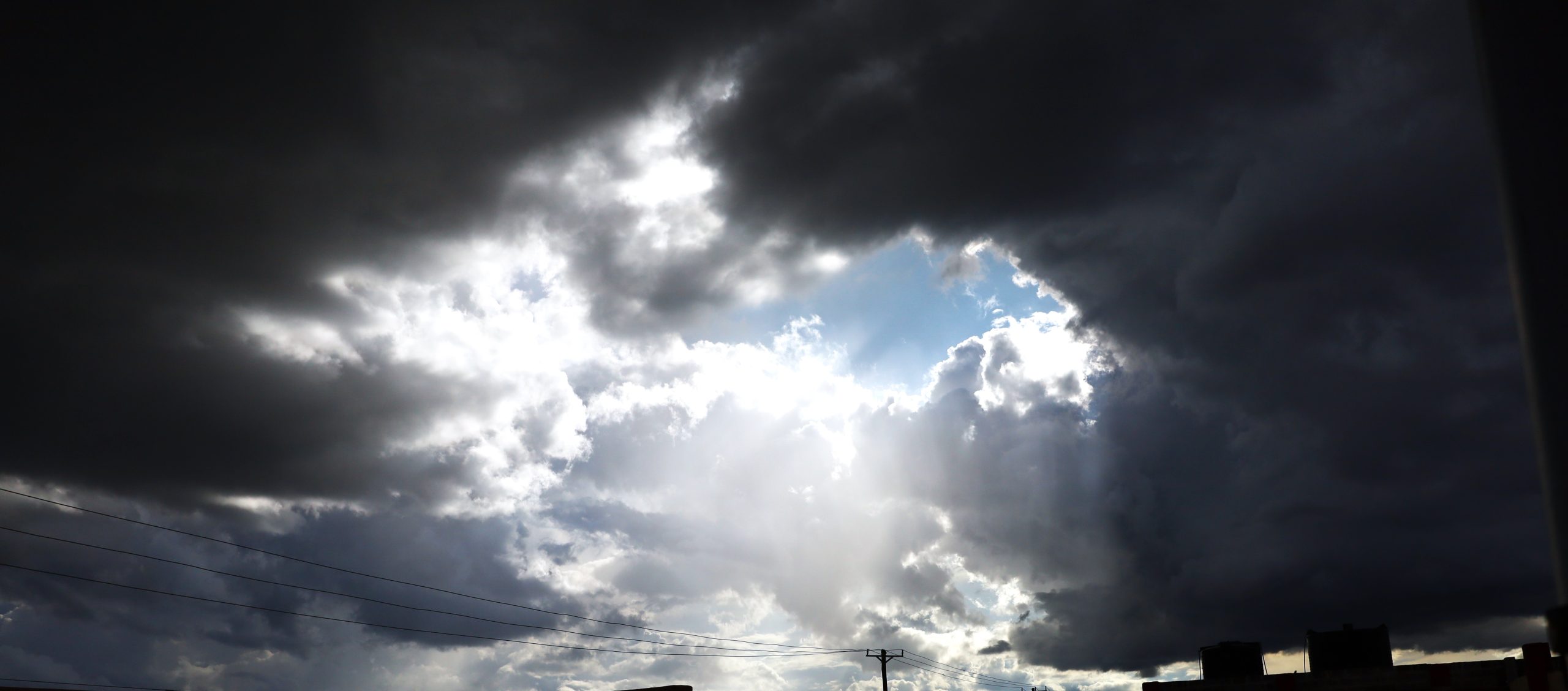Sweet Music for Easter Weekend

Kernel styling (Image by Amadi Kwaa Atsiaya)
Over the Easter weekend, the Kenyan Cabinet Secretary for Trade, Mr. Moses Kuria lifted the twelve-year ban on the exportation of raw macadamia nuts from Kenya. This move can only be compared to a visit to an accident scene by would-be rescuers whose good intentions could not only cause more harm to the injured victims but also present an opportunity to pickpockets and other callous characters, who end up causing more suffering instead of bringing about relief.
Soon as the cabinet secretary made his pronouncement (in the name of the farmers), newspapers were screaming about how exploitative the macadamia processors have been over the last twelve years when the ban has been in place. First, the figures that were used by both Mr. Kuria and the news reporters were falsified so as to support the erroneous position that macadamia processors are nothing more than a den of thieves. They claim that the processors buy the raw nuts at the equivalent of USD 0.20 per kilogram, and sell the kernel at the equivalent of USD 30 per kilogram.
Inflated Prices

Cracked macadamia nuts (Image by Amadi Kwaa Atsiaya)
Farm gate prices have not been so low in the recent past since the ban, therefore there is an economy of truth here. Why such a senior government official should blatantly lie to the public is subject to speculation, and the prognosis is not positive. The media is expected to jump on sensational news, and if it is not as spicy as they would love, they work hard to make it appear so. That’s not expected of the government.
Mr. Kuria says in his proclamation that he is acting to protect the Kenyan farmer, and he gives the price differential to justify his argument. It is that true, the farm gate prices are not at the highest as experienced before. However, the current price of USD 1.50 is way higher than what the minister presented in his brief. Here also, the government exaggerated the real price of the kernel. Even the most prime of the kernel styles does not fetch USD 30 per kilogram.
On the higher side, estimates show that there are about 6,000 macadamia farmers in the country. These are the people the government is really concerned about and would like to protect. That is very good. However, when you holistically think about the industry, you find that this category of players forms a very small section of the sub-sector.
Penny Wise and Dollar Dumb?

Separating the kernel from shells. (Image by Amadi Kwaa Atsiaya)
By the time the government came up with the regulation that Kenya shall not export raw macadamia nuts, there were only 5 processors in the country. Whether there is a causative correlation between the ban and the eightfold increase in the number of processors is subject to empirical study. Otherwise, what is discernible is the increase in the growth to 40 processors and the more than 40,000 Kenyans that the sub-sector has directly employed. Besides, there are the service providers that these processors engage, still giving jobs to local businesses. With the government’s about-face regarding this crop, all these jobs lie in jeopardy, because of the exposure of the Kenyan processor to direct competition, especially the Chinese who will come in and have shown all signs of blowing the local processor out of the water. The cabinet secretary is yet to come up with a rescue plan for the 40,000 Kenyans whose livelihood is directly threatened by this directive that ostensibly aims to save the 6,000 farmers. Did the government consult and listen to all the players in the sub-sector or did it just come up with a policy based on fictitious figures? Forty thousand jobs being lost in a wobbly economy like Kenya’s is quite a dent that the government ought to have a plan on how to bridge before the consequences start manifesting.
Are Finished Products Cheaper Than Raw Materials?

In-shell Macadamia Nuts (Image by Amadi Kwaa Atsiaya)
Let us explore the issue of price for a little while. Processing macadamia is a costly affair. Were it not so, the farmers would not hesitate to do it themselves, and make all the arrangements that go into getting the kernel to the customer. Ranging from the machinery, hygiene products, and procedures, transportation, cost of certifications that a processor ought to possess so as to be allowed to operate and trade, and the several audits that the processor has to pay for…all these rest on the weight of the kernel. For that matter, there will be a considerable difference between the farm gate price and the final price to the customer. Expecting a thin price margin (the government inflation of the real price notwithstanding) between the farmgate prices and the export price is unreasonable. Mr. Kuria has promised farmers that they are going to get a 1000% increase in the farm gate prices. This one-year bonanza that is supposed to last the duration of the lift on the ban is likely going to be a decisive period for the future of the macadamia sub-sector in the country. Perhaps one of the most deceptive chinks in this 1000% increase in price armor is the question of how raw materials can cost more than processed products. Why are these foreign purchasers of in-shell nuts able to pay USD 30 per kilogram of nuts in shell, regardless of the quality, but they are not willing to pay as much for the already processed kernel?
A Costly Affair

Section of a Steam Boiler (Image by Amadi Kwaa Atsiaya)
Inshell nuts don’t have an infinite lifespan. They need at least semi-drying for preservation; at least before they reach the final port of destination from where they shall be taken to where they shall be processed. Nut drying is another capital-intensive undertaking. Beginning this April, even domestic consumers of electricity have been crying over the steep prices of electricity; a key element in drying. So, the nuts shall be bought at USD 30 per kilogram, after which they should be dried and which increases the cost. From the last time I checked, the price of macadamia kernel has not significantly risen on the world market to make it economically sensible to fit within this new paradigm being presented by the government. Besides, the buyers will have to put up heavy investment in drying equipment, unless they want to lease the services of the local processors to have their nuts dried before they are shipped overseas. How this will allow them to recoup their investment within the one-year window provided is another thing. How willing the local processor will be to comfortably settle in this new role of drying for the foreign buyer is another question.
Shells Are Not Useless

Shells on a Conveyor Belt (Image by Amadi Kwaa Atsiaya)
Macadamia processing exists within a symbiotic ecosystem. Over the last decade, there has been a significant reduction in the dependence on wood fuel by both the macadamia processors and other factories that operate boilers. This is because the macadamia shells are a good and reliable source of fuel. Processors have been providing a steady supply of this essential fuel, thus, reducing dependence on felling trees for wood fuel. With the envisaged jettisoning of the Kenyan processor through in-shell nut exports, it means that whoever buys the Kenyan nuts is going to receive free fuel too. There is anecdotal information to the effect that the Chinese can produce a wide range of products from shells. By giving them free to them, we end up exporting a whole industry to China, and the rest of them; will be swarming the country for the product. This is not to mention the toll it is going to take on our forest cover.
The Domino Effect

The Trees Are Threatened (Image by Amadi Kwaa Atsiaya)
Apart from fuel, there are also ancillary businesses that feed off macadamia processing. In the processors’ lingua, there is a range of products referred to as ‘locals.’ These are products that are not meant for the export market; which is the principal market for the processors, but these so-called locals provide the local industries with raw materials. This includes the kernel that is used in pressing edible oil and cosmetic oil. There are also the powder and chips that are used by animal feed producers. Since the nut is traveling in the shell to the overseas consumer, it means even these associated economic activities are going to be adversely affected by this directive; if it succeeds. Assuming that the buyer shall separate the good quality nuts from those that don’t pass muster, it means these poor-quality nuts shall be dried for this alternative market, and that shall also hike their price, and those other associated industries will feel the pinch. As a result, animal products that rely on macadamia by-products are going to experience either a shortage or a steep price hike. Does the government have a rescue plan for these too; or is the focus solely on the farmers?
Have Processors Done Anything To Smile About?

A Wagtail Fights Her Image in the Mirror (Image by Amadi Kwaa Atsiaya)
The one year of abundance promised by Moses Kuria could be followed by a decade of tribulation and chaos in the industry. It is important to take note of the fact that over the last decade, China has been flexing her muscle in the world of macadamia production. The Chinese government has put a lot of resources in the International Macadamia Research and Development Center, and now China sits in a comfortable position from where it could easily topple the world leaders in macadamia production such as Australia. Just recently, Kenya accounted for nearly 20% of the macadamia market. It is interesting to note the government’s assumption that processors have not had an important role to play in this development. While the Chinese government has been very deliberate and concerted in its determination to make China a force to reckon with in macadamia production, the government of Kenya through the Ministry of Agriculture in 2009 spearheaded the creation of the Macadamia Growers Association of Kenya, which has so far remained dormant, with neither office nor budget. Could this be a case of the wagtail charging at her own image in the mirror?
The Big Issue

A Dark Cloud Hangs Over the Skies (Image by Amadi Kwaa Atsiaya)
The biggest elephant in the room in this case is the fate of Kenyan macadamia on the world market. It is possible that the particularly juicy prices quoted by the cabinet secretary for agriculture will entice farmers to harvest premature nuts (a practice that the Kenyan processors’ fraternity had worked hard to bring down), thus affecting the overall quality of the product, earning the country a bad name on the market. It is very possible that the high prices could be applied in the beginning just to push the local processor out of the market, only for the prices to correct and see the farmers seated on the horns of a dilemma – a jilted local processor with whom they have cut decade-old ties, and the new suitor who will want a better product at a lower price. On the brighter side, it could take some months before any foreigner is capable of really utilizing the one-year allowance provided by the suspension of the ban on the exportation of nuts in shells. Whether it will make any economic sense for these high-paying buyers to operate within the short period envisaged by this scenario is yet to be fully appreciated. There was a time when Kenyan coffee commanded lots of respect on the world market, and the local coffee sector was booming. Today, the Kenyan coffee sector is a pale shadow of its past. Question is, will macadamia join coffee at the morgue?
Written by Amadi Kwaa Atsiaya






